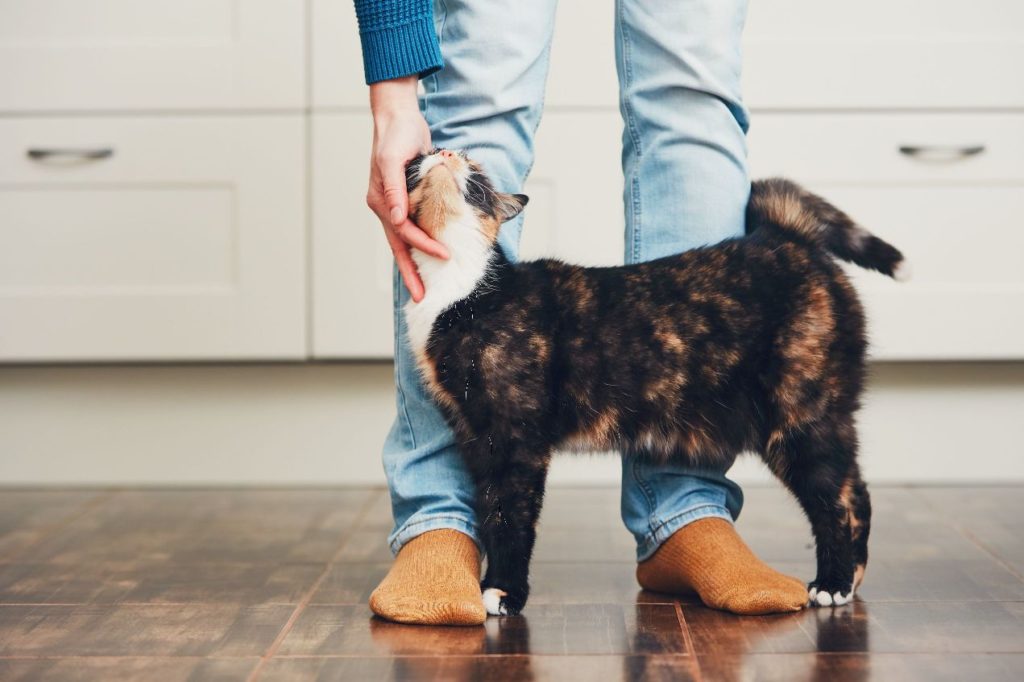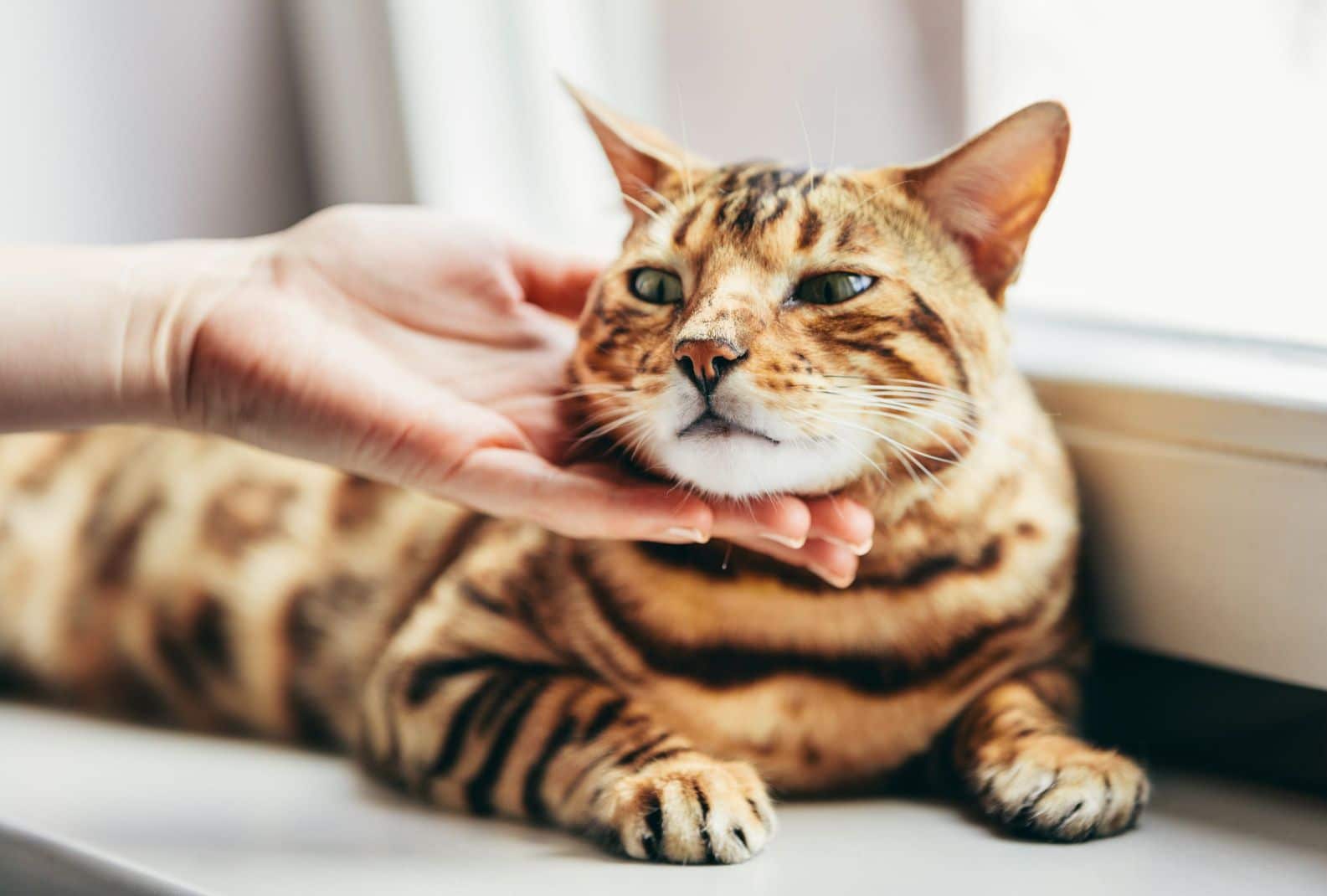
How to Safely Treat IBD in Cats
Has your cat had a recent IBD diagnosis?
Our furry feline friends mean the world to us, so when they get bad news from the vets it can be devastating. If you’ve never had a cat with IBD before, you’re probably scared and don’t know what to do.
Don’t worry! Read on for our guide to IBD in cats and how you can help your beloved fur baby.
What is IBD in Cats?
IBD is feline inflammatory bowel disease. This is a condition causing your cat’s gastrointestinal tract chronic irritation and inflammation.
It’s considered an autoimmune disease as is different from feline stress colitis. Or as it’s more often known as irritable bowel syndrome (IBS).
IBD comes from inflammatory cells infiltrating the GI tract. It causes thickening to the walls and disrupts the GI’s ability to digest and absorb food. It can happen to cats of any age, but it’s most common in middle-aged and elderly cats.
In comparison, IBS comes from stress and causes the colon to spasm. This results in bouts of diarrhea. You can control IBS with stress management, medication, and nutritional therapy. CBD will also help, with it’s relaxing, stress-reducing properties.
What Are the Symptoms of IBD in Cats?
There are common signs effects of feline IBD that you should look out for. These include:
- Vomiting
- Diarrhea
- Weight loss
- Reduced appetite
- Lethargy
- Bloody stools
The symptoms can vary in their frequency and severity. The signs will also depend on where in the GI tract the inflammation is.
For example, for the stomach or higher areas in the small intestine, your cat may get chronic vomiting. If the inflammation affects the colon, it’s likely to cause diarrhea and bloody stools.
How is Feline IBD Diagnosed?
IBD is usually determined through ruling out other causes of the symptoms. You vet will ask to run lab tests which will include:
- a GI panel
- Fecal and urine analysis
- Blood tests
These tests will rule out most other diseases that can have similar symptoms. For example, chronic pancreatitis, intestinal dysbiosis, intestinal parasites, and so on.
If these tests all come back negative, then your vet will examine your cat’s intestines. They may recommend a small intestine biopsy or an ultrasound of the abdomen. But a biopsy is the only want to get a definitive IBD diagnosis.
It’s best to follow whatever advice your vet gives you when it comes to what tests your cat needs. And get them done as soon as you can.

Treating IBD in Cats
There are a few different ways you can treat IBD to reduce its impact on your cat’s life. It’s always best to consult with your vet to see what they recommend.
Managing Diet
Dietary allergens can play a key part in IBD flare-ups. Your veterinarian may recommend trialing a hypoallergenic diet. These foods contain carbohydrates and proteins your cat hasn’t eaten before. Initial choices include duck, venison, and rabbit based foods.
If the symptoms improve, your cat might need to swap to a permanent high fiber, low-fat diet that’s easy to digest. When doing this food trail, remove all other food sources. This includes treats and flavored meds.
Medications
Where diet therapy isn’t possible or doesn’t work your vet may suggest medication. These suppress inflammatory reactions where you can’t find any underlying causes.
The most effective medications are usually corticosteroids. These will be the go-to in the first instance for most cases this applies to. You should note that corticosteroids are notorious for side effects for cats. In the first instance, it’s likely your cat will have to have a high dose.
Preventative CBD Treatment
Not all cats will respond to medication. And not all owners want to put their feline friends through difficult side effects.
An alternative is to use CBD oil for pain and inflammation. CBD has been shown to block the vanilloid receptor which is the pain regulator for both humans and cats.
It is thought that this helps to reduce pain signals through the body once inactive. As a result, swollen paint points should start to fade. For example, many believe it is effective for issues like swelling and pain in the GI tract. This could help keep your cat’s digestive system running as it should and bring relief.
Choosing the Right CBD Product
When it comes to CBD, you need to find the right product for your cat’s needs. Not all products are equal. Cannabidiol (CBD) is one of over a hundred phytocannabinoids within cannabis Sativa.
All cannabinoids will affect the body by attaching to receptors. But research suggests that taking them together is more effective and that you’ll get better results mixing in terpenes and terpenoids than CBD or THC alone. This is known as “the entourage effect“.
When looking for good quality CBD, make sure processing is as minimized as it can be. You want as many natural components preserved as possible.

Finding the Right Dose For Your Cat
Most cat owners looking to treat issues like IBS or inflammation should start with a low dose. For those with more extreme issues like IBD, it’s best to start with a medium-high dose.
Begin with a low dose 2 times a day for the initial 2 weeks and then build-up to the needed dosage. This is to let your cat get used to the CBD and not overwhelm their GI tract.
Note that not all cats will respond the same, or in the same amount of time. Some might need longer to get used to it. Others may need less or more to get the comfort level you’re looking for. The key is to find the dosage that works and remain consistent.
For a guide to how much CBD to give your cat, check out our handy CBD pet dosage guide.
Don't Let Feline IBD Rule Your Lives
So there you have it! IBD in cats doesn’t have to be scary.
The most important thing is to get your cat to the vet if you notice any of these symptoms. Once you get a diagnosis it’s easier to help bring relief to your furry friend.
If you think CBD can help your cat’s IBD, visit us today. At Milehighpawducts.com we have CBD products to suit all your cat’s needs.

